Unbelievable Tips About How Do You Describe A Line Graph In Presentation Power Bi Area Chart With

These lines show movement over time affected by the increase or decrease in the key factors.
How do you describe a line graph in a presentation. I am asked to do a lot of creative tinkering with charts, and one of the most requested items is to highlight particular data points on a line chart. To represent relationships, trends, or changes between objects, dates, or other data, a line graph connects informational points on a graph with a line. How do you describe a line graph?
It is one of the oldest types of charts and has been used for centuries to show everything from population growth to the rise and fall of empires. One example would be to show the trend in the number of customer service calls handled by the five offices each month over the last year. What are the applications of a line chart?
An easy and effective way to do this is by assigning a unique graphic to selected data points. If you are explaining the graph in a presentation, you will probably show a large picture of the graph on a slide. A line chart—also called a line graph—is a visual representation of numeric or quantitative data that shows the relationship between two variables.
Resist the urge to talk about the shape of the data immediately. The top choice for showing trends over time. For instance, it’s often used in business to show quarterly sales or yearly revenue growth.
Each type of graph has its strengths, so choosing the right one for your data can make a big difference in how your message comes across. Each data point is plotted and connected by a line, making it perfect for tracking trends or progressions. Line charts are useful for displaying changes or trends.
Start with the skeleton of the graph. When pointing, use language like “as you can see here”, “here you can see” or even just “here.” Use a line chart to compare data and show trends over time.
Change the words in the question to introduce your answer, e.g. This type of graph visualizes data as points on a grid connected with a line to represent trends, changes, or relationships between objects, numbers, dates, or other data. Let’s understand some of the most common types of graphs you might use.
You can even combine it with other charts. These are similar to bar graphs but explicitly used for displaying frequency distributions of continuous variables, such as age or time intervals. Instead, introduce your audience to the visual by clarifying what information is displayed and verbalizing the graph and axis titles.
First, click on the insert tab. Effective use of slides, graphs, and charts may greatly improve your online presentations and keep. Whether you are comparing sales figures, market trends or customer feedback, charts and graphs can help you present the information in a visually compelling way.
This graph shows = this graph illustrates. I made this image with ai — how to describe a graph in writing. They show changes in data over time and help identify trends or patterns that may occur within a particular period.


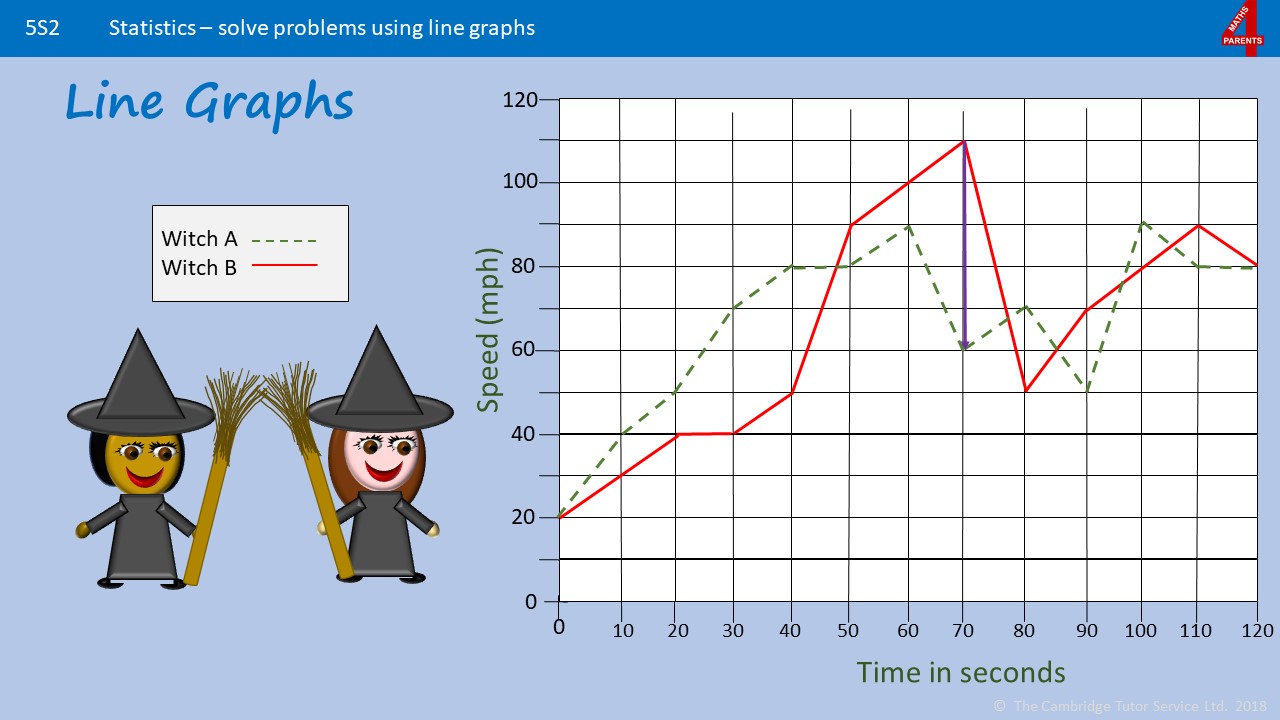




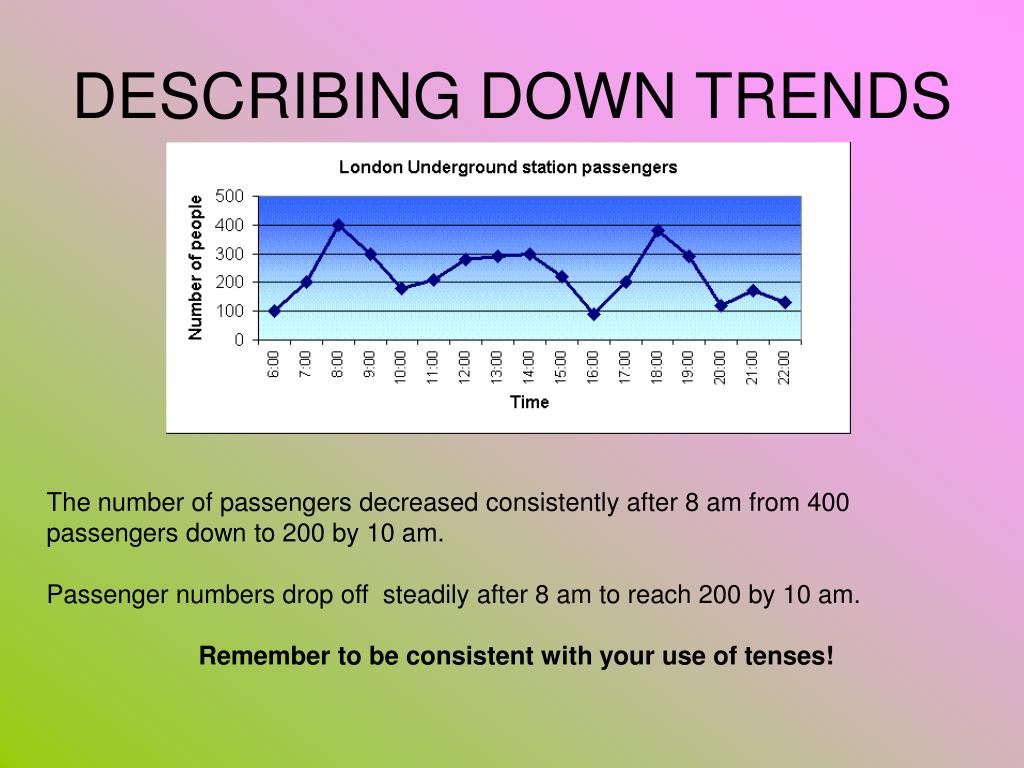



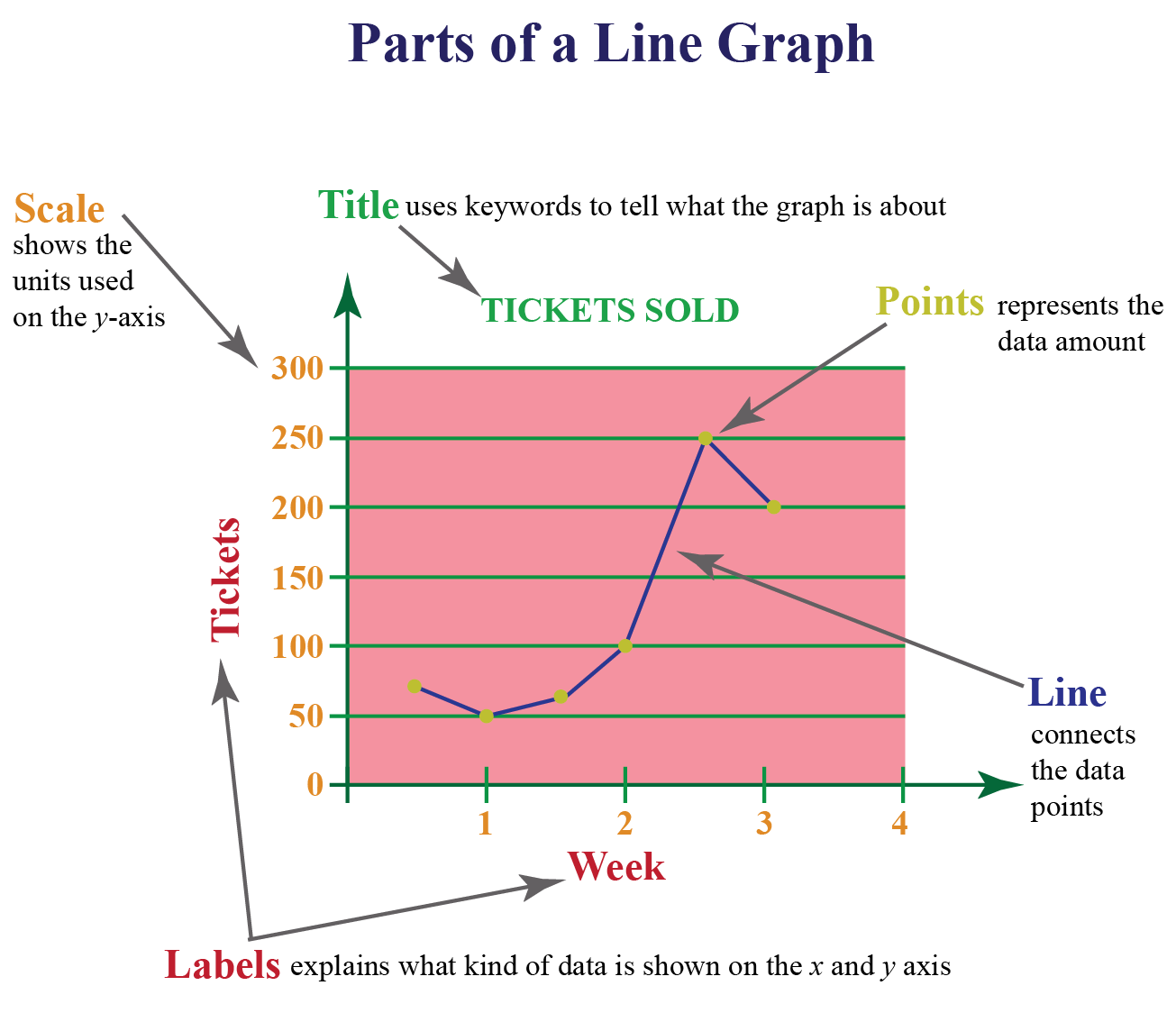
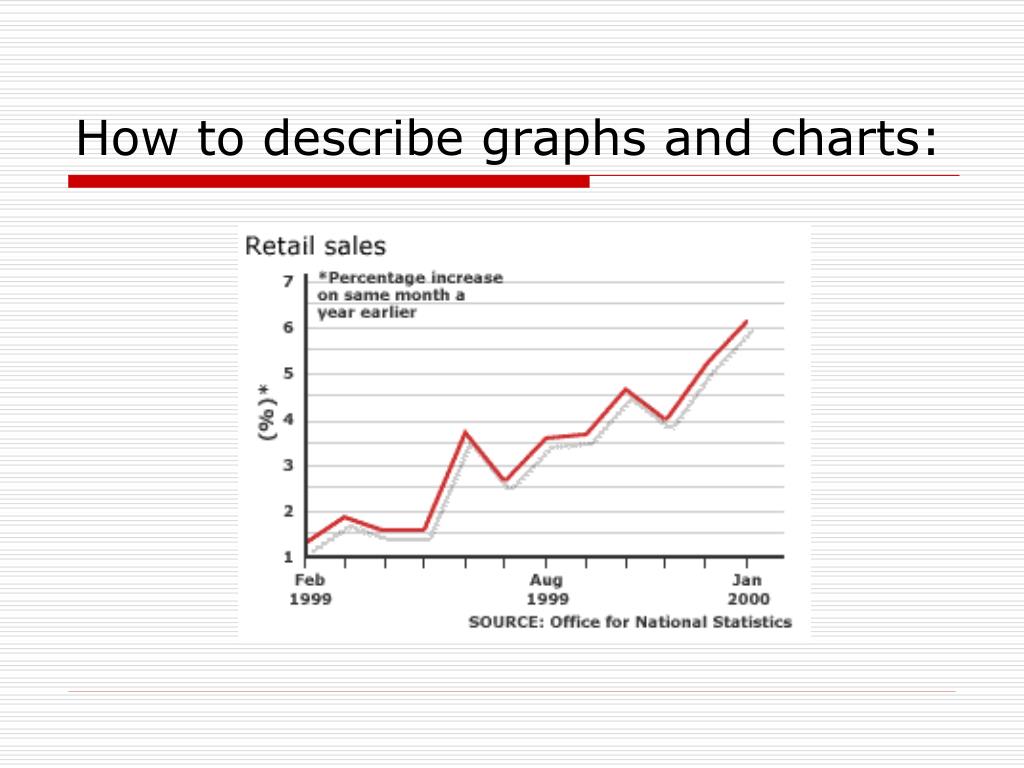
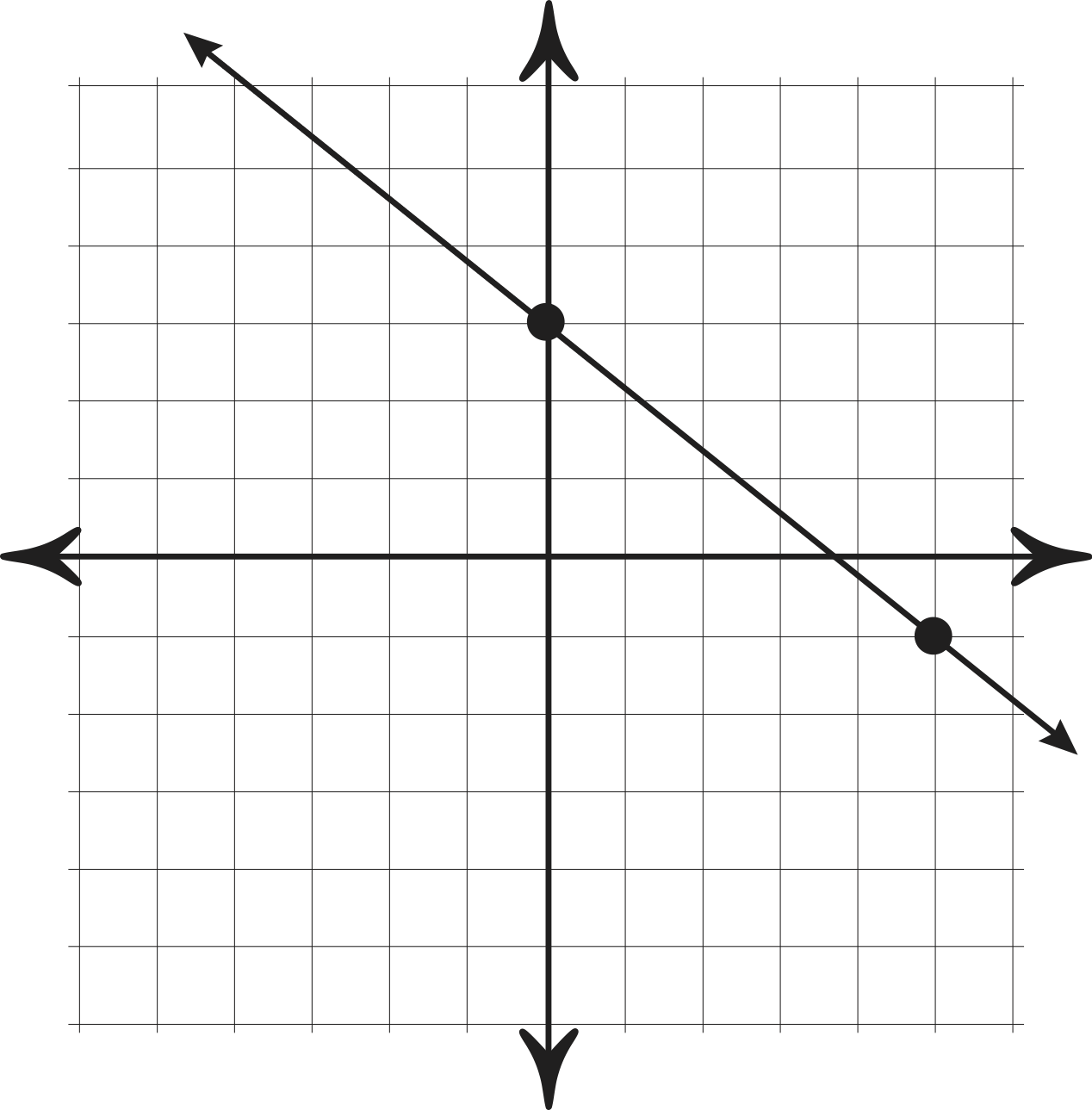
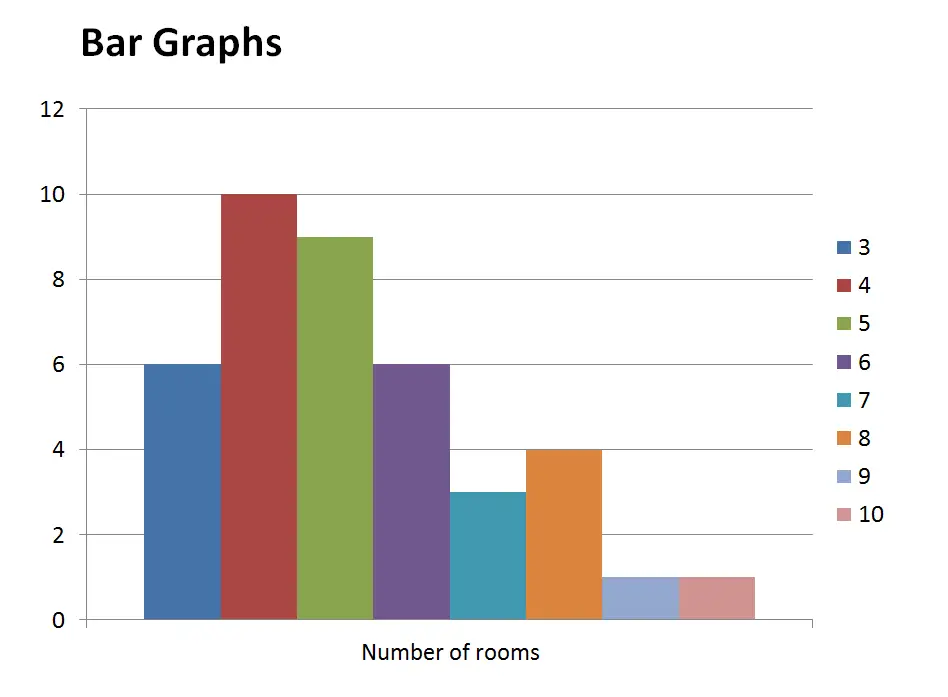


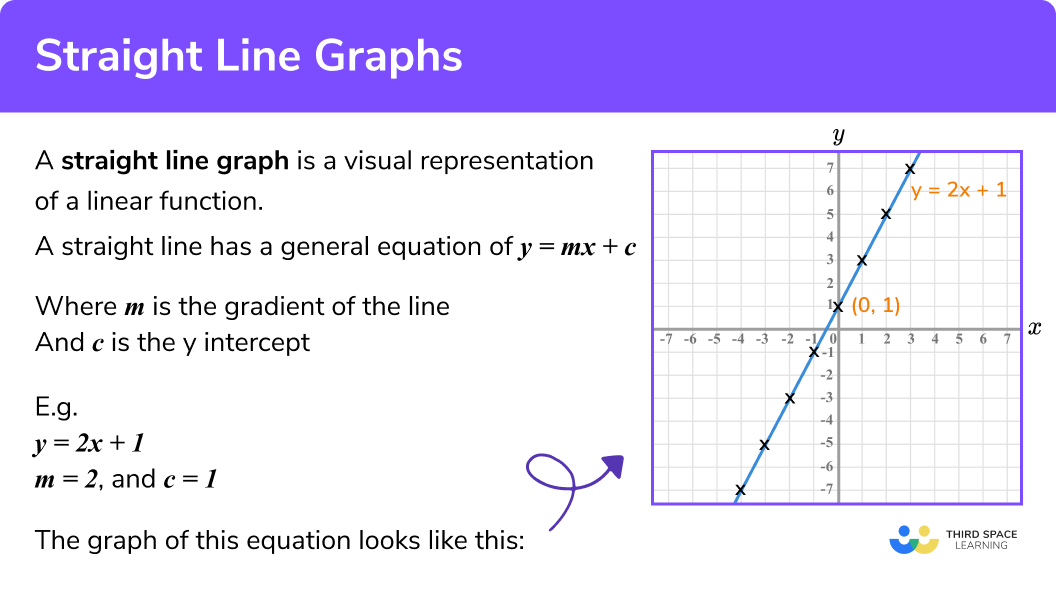
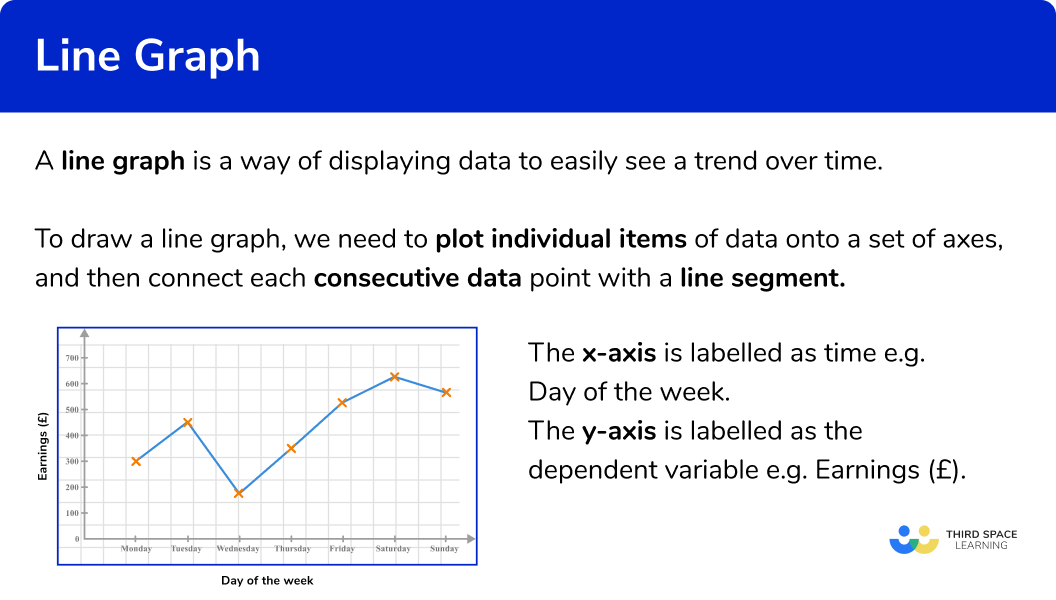


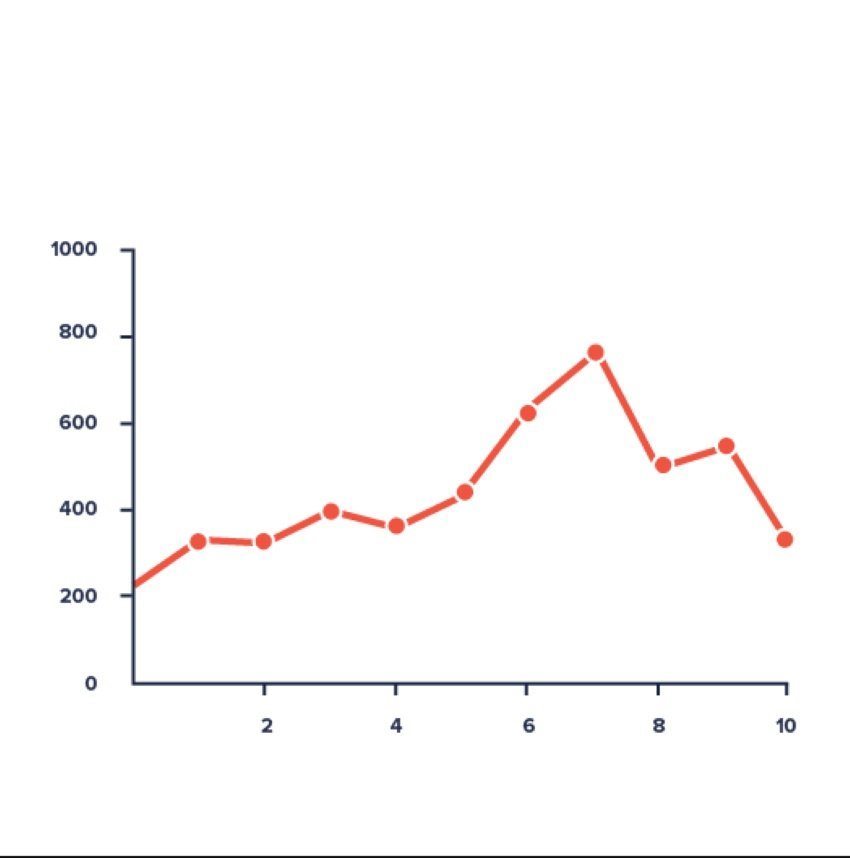
:max_bytes(150000):strip_icc()/Clipboard01-e492dc63bb794908b0262b0914b6d64c.jpg)